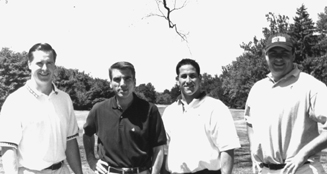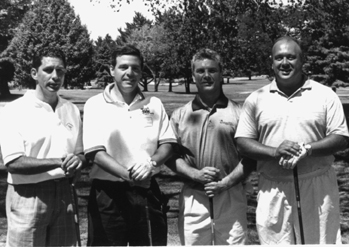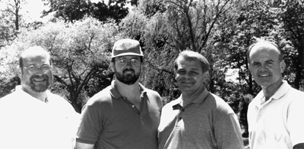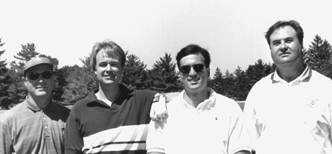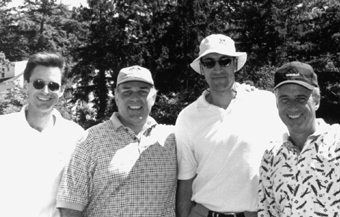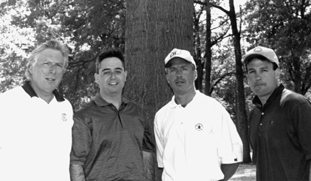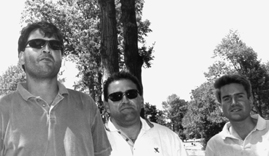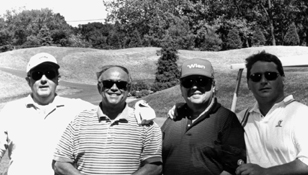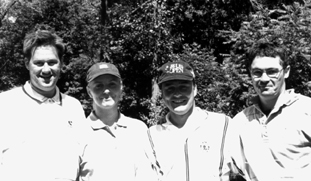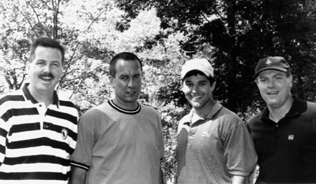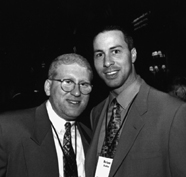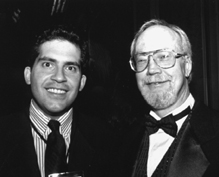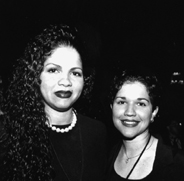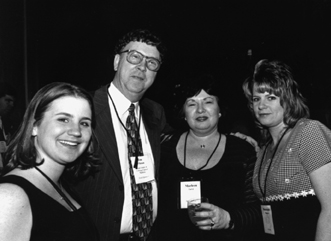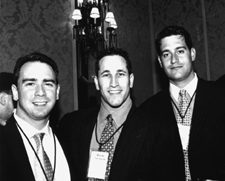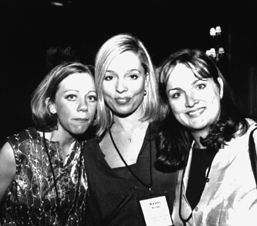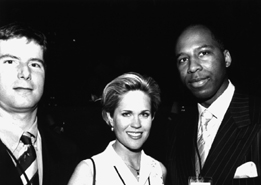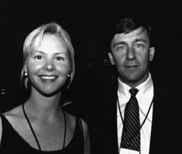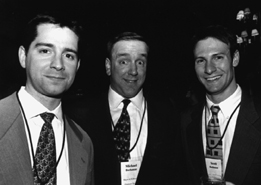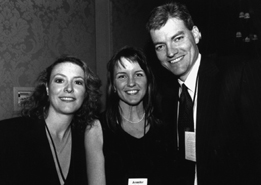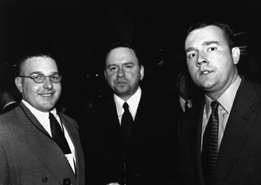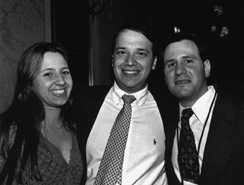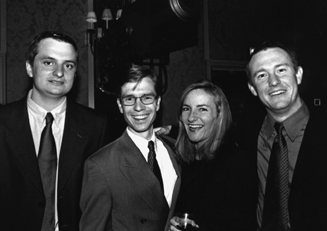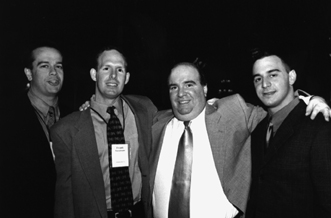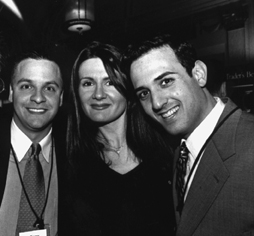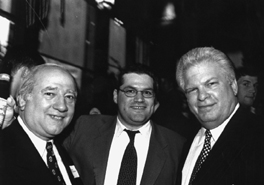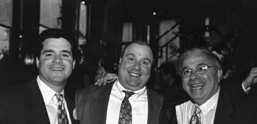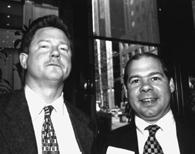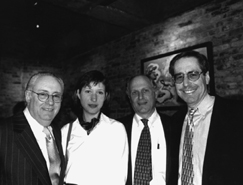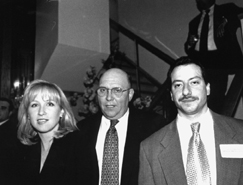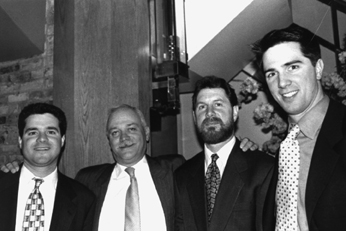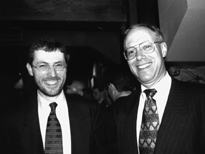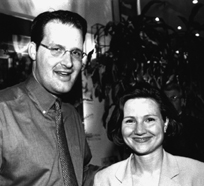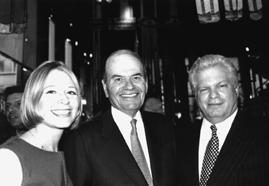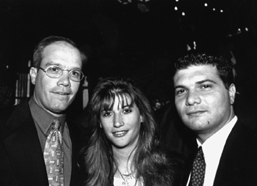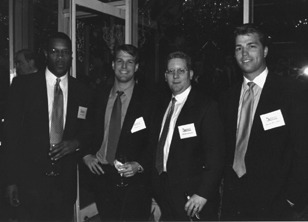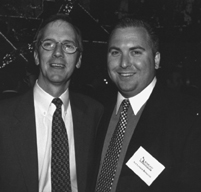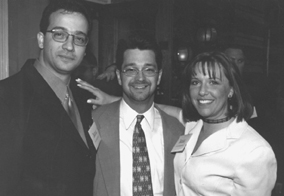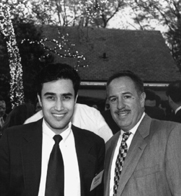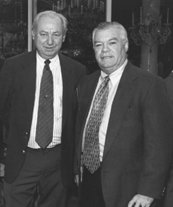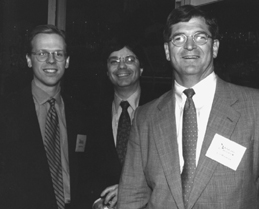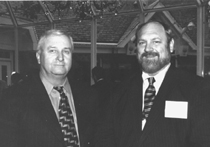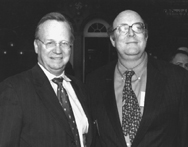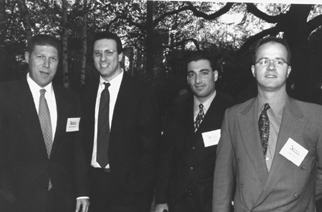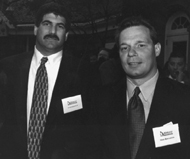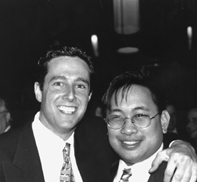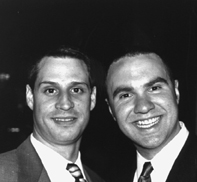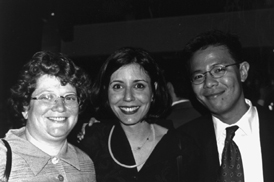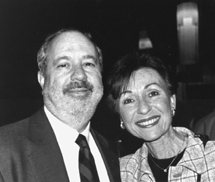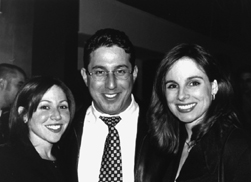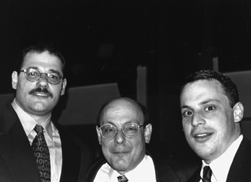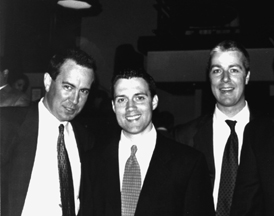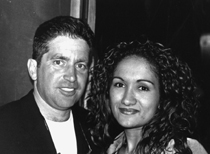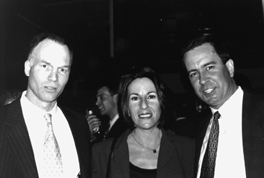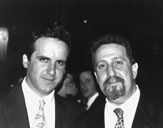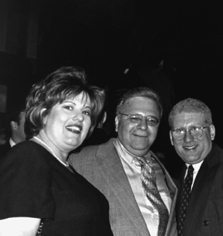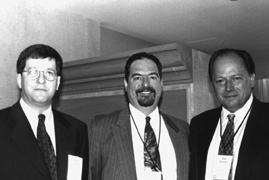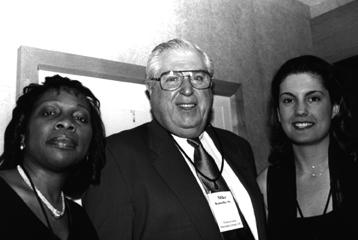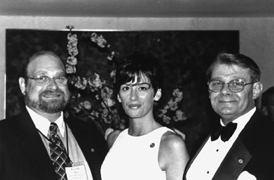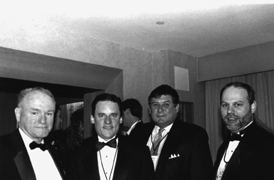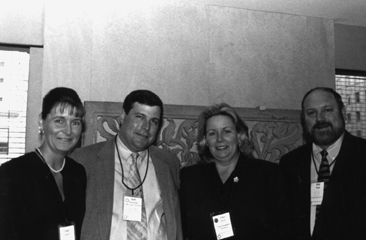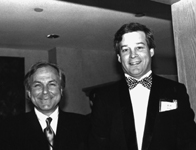Trading is on the verge of a quantum leap forward, and it is being spurred by advances in technology. Exaggeration? Hyperbole? Perhaps.
But there is no doubt about the important changes being brought about by technology in the pre-trade, execution and settlement stages of the trade cycle. Let me explain with some examples.
For one, consider the electronic transmission of indications of interest, and the ability of the buyside to electronically respond in turn to those indications. For another, take the proliferation of new execution mechanisms directly accessible to the buyside, mechanisms that include electronic communications networks and other alternative trading systems (ATSs), such as OptiMark, Instinet and POSIT.
The push towards straight-through processing, moreover, further demonstrates the role played by technology in the trade cycle.
At the moment, trading-desk technology is aimed primarily at generating efficiencies rather than transforming the traditional trading process. If these ATSs are as successful as their promoters expect, technology will become instrumental in the trading process in ways not seen before. Technology will become a more significant factor in the ability of both buy-side and sell-side firms to access markets and to compete.
How to Prepare
So how can firms prepare for change if, in fact, these new vehicles fulfill the hopes of their promoters? First, consider that there has always been tension between the trading community and technologists a tension that can be traced directly to the separate worldviews of the two groups.
Trading is critically dependent on instant access to rapidly-changing information; transactions have high dollar value, placing a premium on accuracy and timeliness in recording trade details. Speed is of the essence for capturing liquidity in today's fast-moving markets.
Technologists see in technology the power to speed the dissemination of information and to enhance the ability to act on it. In the view of technologists, trading is precisely the sort of activity that can benefit from these powers. In their view, technology provides exactly the tools traders need to cope with the information deluge.
Traders, on the other hand, see the world quite differently. They place a premium on person-to-person contacts and on personal relationships. For traders, the extra seconds it takes to execute a trade using an unfamiliar technology equates to lost opportunities for the firm and its clients. The consequences of missing a market extend far beyond the dollar-cost involved.
Some traders are concerned that technology will diminish their importance or even eliminate the need for their role in the market. In the trader's view, information is essential, but cannot in itself assure successful trading. Personal relationships and professional skills are the precursors to excellent executions.
The Challenge
Given this reality, firms must do two things to meet the challenges presented by new market structures that require adept use of new technologies. First, they must find a way to bridge the cultural divide between traders and technologists.
Earlier this year, a survey was conducted among the traders and chief information officers (CIOs) who attended the Financial Technology Forum.
In response to the question of the biggest problem traders have with information-technology departments, 31 percent of the traders said that the departments did not understand the trading process. (It was the most frequent response given by traders.) Among the CIOs, however, only 18 percent held this view.
When asked what the biggest problem information-technology departments had with traders, 33 percent of the CIOs said it was that traders don't articulate problems (which was cited by only 21 percent of the traders present). Of the traders present, 31 percent viewed their firms as either "behind the curve" or "frozen in the ice age," compared with only five percent of the CIOs who held that view.
I cite the figures to refute the widely-held view that traders are resistant to new technology. Traders live in a very unforgiving world where mistakes or perceived under-performance are simply not tolerated. The figures show that traders know they are behind and technologists just don't get it.
Most traders will quickly adopt any technology that can enhance their performance. Unfortunately, information-technology departments' understanding of the true nature of the trading process often inadequately recognizes which tools can genuinely benefit traders. As a result, traders must either take the lead in developing their own technology plans, or explain the trading process sufficiently to technologists for their requirements to be met.
Trading Processes
The second requirement for firms seeking to be successful in meeting the challenges of new market structures is a re-examination of their trading processes and approaches to seeking liquidity. If and it's still a big if the proliferating ATSs succeed in creating viable liquidity sources, buy-side firms, in their clients' interest, will have to find a means to access these systems.
One way is through internal order-management and routing technology, either proprietary or purchased, to access these systems directly. Relatively few buy-side firms currently utilize order-management technology on their trading desks, but the introduction of new trading machines may spur more firms to do so.
Another way for buy-side firms to access these ATSs is to have the sell side do it and achieve best execution wherever it can be found. The buyside's trade-off is between the cost of deploying new technology versus the opportunity costs of not gaining the advantages through direct access to the new trading machines.
The trade-off for sell-side firms is whether to cede a portion of their business to the new trading vehicles, as buy-side firms bypass the sellside to access them directly, or to add value by assisting buy-side firms in navigating the increasingly-complex trading markets. In the latter case, their challenge is to use technology creatively to distinguish their offering from competitors trying to do the same thing.
Common Denominator
The common denominator for success is a closer collaboration between traders and technologists. Each needs a better understanding of the other's discipline, and both need to be proactive and open-minded in their pursuit of this understanding.
Regrettably, there is no magic bullet. The cultural differences between traders and technologists are substantial and result from their separate histories that are now intersecting.
To gain competitive advantage from these technology-driven market developments, firms must combine their technology and trading brainpower. They must formulate and execute strategies to capitalize on the technology-driven opportunities presented by these new trading vehicles, and their impact on evolving market structures.
























